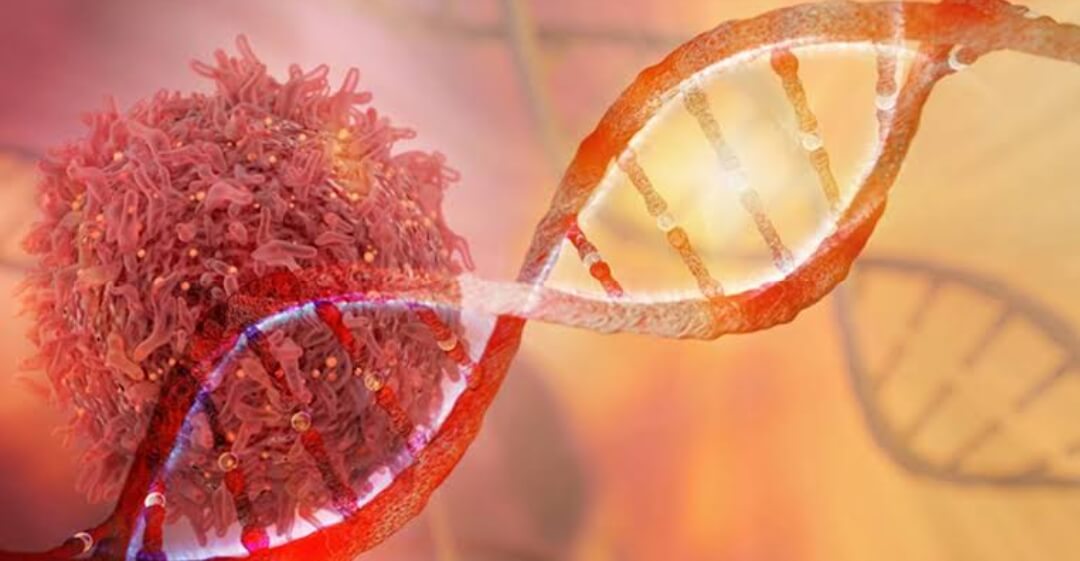
Enhanced Recovery Approach for Better Surgical Outcomes in Oncology Patient
A goal of nursing care for the oncology patient who has undergone surgery is to help that patient achieve an improved outcome and postoperative functional recovery. This process formerly called fast-track surgery is now referred to as enhanced recovery. The new term conveys that overall recovery is more important than spending inpatient time in hospital.
Enhanced recovery programs (ERPs) have been in practice since 2000. They originated in Europe among surgeons, even though their focus is not on surgical technique. The programs look to improve patients’ outcomes by minimizing the stresses of surgery before, during, and after the actual procedure. Taking advantage of the time before surgery was always crucial to ensure a good recovery, although today’s oncology patient management is very different from what it was in the past.
Prehabilitation and Preoperative Stages
The best surgical outcomes of oncology patients can be accomplished by initiating an ERP immediately following a cancer diagnosis. Lynne Brophy, MSN, PMGT-BC, APRN-CNS, AOCN, a breast oncology clinical nurse specialist, and colleagues described the ERP approach undertaken at The Ohio State University Comprehensive Cancer Center. The advantages of ERPs include shorter fasting times prior to surgery, patient-directed use of intravenous fluids, regional anesthesia and nonopioid-based pain management, and early feeding and ambulation after surgery.
Patients who participate in prehabilitation programs experience improved strength and endurance through physical training and nutrition prior to their procedure. Programs can last from 1 to 5 weeks, depending on the course of the disease and how soon the procedure must be performed.
The prehabilitation phase of the ERP is the time to focus on patient education about the importance of proper nutrition, as well the consequences of consuming alcohol and using tobacco. One advantage of smoking cessation at this time is improved pulmonary function and potentially reduced need for a referral to pulmonary rehabilitation. Because nicotine prolongs healing, this advice also extends to vaping nicotine-containing liquids. Using these products can increase the possibility of infection, thus leading to longer hospital stays and higher costs.
This also is a time to manage any chronic medical conditions and to improve patients’ physical condition through aerobic, resistance, and flexibility training. Postoperative pulmonary complications and the length of time the patient stays in hospital after surgery are positively associated with a successful exercise regimen before surgery.
Frailty Patients with cancer are often older and may present with frailty, increasing their risk for falls and disabilities, comorbidities, cognitive decline, and social withdrawal. The frail cancer patient may not be able to tolerate chemotherapy and may have complications associated with treatment. That patient may be at risk of disease progression or recurrence; the prehabilitation period can serve to identify that. A frail patient may require a different treatment plan, such as different chemotherapy, less invasive surgery, or even no surgery at all. If appropriate, a frailty assessment would provide an additional determinant of patient status. There are a number of scales that evaluate frailty, such as the Frail Scale and the Vulnerable Elders Survey.1,2
A preoperative assessment should be conducted within 30 days of surgery. This would involve a comprehensive medical and medication history, a physical examination, and preoperative testing with an emphasis on ruling out additional surgical risks. Such risks would come from cardiovascular disease, diabetes, sleep apnea, poor nutrition, and tobacco use and alcohol consumption.
Preoperative fasting practices of oncology are revised in ERPs to include clear liquids up to hours before surgery and a carbohydrate-loading drink the night before and 2 hours prior to surgery. Stress on the body and metabolic changes induced by surgery can be decreased by the use of a high-carbohydrate drink. The intervention mitigates insulin resistance, which can improve wound healing and other outcomes. However, further studies are needed to determine if these benefits extend to patients with diabetes.
Postoperative Stage
ERPs continue through surgery into postoperative care, addressing factors such as symptom management, incentive spirometry, fall prevention, control of glucose levels and orthostatic hypotension, and even the timing of catheter removal. These programs have led to shorter hospital stays, particularly in the intensive care unit (ICU), leading to significantly reduced costs.
Enhanced recovery approach improves patients’ postoperative outcomes all around, enabling them to begin or return to their cancer treatment more quickly. A positive correlation has been shown between how diligently a patient’s care followed an ERP and their improved 5-year cancer specific survival rates.
On the day after surgery, progressive mobility should be initiated as soon as possible. The patient should get out of bed and walk several times a day, unless contraindicated by the type of surgery.
An important benefit is a reduction in opioid-based pain management. Adequate analgesia is important for the patient to meet outcome goals. When administered on a schedule, medications such as gabapentin, acetaminophen, and nonsteroidal anti-inflammatories (NSAIDs) can be as effective as opioids.
As for nutrition, the nutritional supplement the patient started before surgery can be continued into and beyond the postoperative period with beneficial results.
Visit DocMode for Courses and lectures



